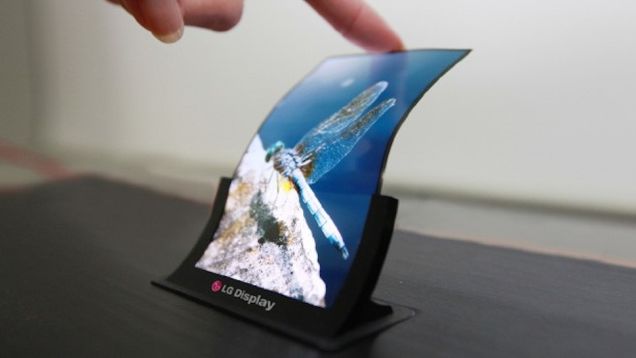Flexible touchscreens have been “just round the corner” for some time now. Heck, Samsung showed off a flexible screen at CES in January 2013. Sadly, it was just a prototype. The truth is that flexible displays just haven’t been durable enough for mass production. Until now.
A Menlo Park-based startup named Kateeva will start shipping manufacturing equipment that could finally be used to bring flexible displays to market. Flexible displays use organic LEDs (OLEDs), which must be protected at all times from water vapor and oxygen. This means that once you manufacture a display, it must be sealed tightly.
“Just a few molecules of oxygen or moisture can kill the display,” Greg Raupp, an expert on display technology at Arizona State University, tells MIT Technology Review. “So the encapsulation requirements for an OLED display are quite significant.”
Kateeva’s room-sized inkjet printer applies a protective coating to OLEDs that is not only much faster than previous methods but also cuts manufacturing costs in half. It also nicely integrates into existing production lines.
All major manufacturers are working on foldable displays, according to Raup, so flexible touchscreens — once again — are just round the corner. [MIT Technology Review]
